A credit card is simultaneously useful and dangerous. On the one hand, opening a credit card—essentially carrying a high-interest loan in your pocket—helps to build your credit history, which will come in handy if you ever want to borrow money (to buy a house or a car, for example). And credit cards offer fraud protections you don’t get when using cash or debit cards—with the added bonus of giving you the flexibility to deal with financial emergencies.
All those benefits explain why 82% of adults in the U.S. (and 67% of folks age 18-29) have at least one card—but also explains why Americans owe more than a whopping $1 trillion on those cards collectively (credit card interest can be a real bear to deal with). That makes applying for your first credit card a pretty big decision, because you want the benefits of a credit card while avoiding as many of the downsides as possible, but you’re also dealing with a pretty skimpy credit history, which can limit your options.
Limit expectations
First and foremost, accept the fact that unless your parents started building your credit history when you were a child, you’re probably not going to get a high limit on your first credit card. The average first-time credit limit typically ranges from hundreds of dollars to the low thousands, so you’re not going to be financing any huge purchases or lavish trips with your first card (which Future You will be very happy for, trust me).
You should think of your first credit card not so much as a source of money but as a tool to establish and build your credit history, especially if you don’t have a credit score yet. If you don’t have a credit history (or have a poor one), you might need to consider a secured credit card. A secured card requires you to make a deposit that then becomes your credit limit—you’re basically borrowing your own money. For example, if you deposit $500 to open a secure card, your credit limit will be $500. Since you’re putting down the deposit, the risk to the bank is very low, enabling you to get a credit card despite credit history or score challenges. Secured credit cards are used to establish or improve your credit so you can eventually move on to a more traditional card.
Research first
Before you sign up for anything, do your research. Pull your credit reports—there are three major credit reports (TransUnion, Experian, and Equifax), and you should get them all (they’re free)—and see what’s there. If you’ve never had a credit card or loan before, there might not be anything there, and you might not even have a credit score yet. That’s fine! Use these reports to make sure you’re not the victim of identity theft and that there’s no incorrect, negative information there that might affect your ability to get a credit card in the first place. If there is, take the steps to correct it.
Once you’ve checked on that, the next step is to research the credit cards you can qualify for. It’s crucial that you don’t just apply to a bunch to see what happens—too many inquiries against your credit can hurt your chances right out of the gate. Instead, research first. Experian offers a service that collects your personal information and then compiles a personalized list of credit card offers, which could be a good starting point. But you can also just go to card web sites to look at the Schumer Box.
What’s a Schumer Box? Named after Senator Chuck Schumer, it’s an easy-to-read breakdown of a credit card’s terms, including the annual percentage rate (APR), the billing cycle, annual fees, and fees for other transactions like cash advances. Schumer Boxes are prominently displayed on credit card statements, but you might need to dig around a bit if you’re researching.
Considerations
So what are you looking for in a first credit card? Here are the key things to consider while you’re researching:
Avoid annual fees. Some credit cards charge an annual fee. Sometimes this is worth it if you get a lot of useful perks and benefits in exchange, but if you’re just starting out with credit cards it’s going to be difficult to judge that. It’s best to stick to cards that don’t charge a fee unless you are absolutely certain you’ll get your money’s worth.
-
Look for low interest. The average APR charged by credit cards is currently close to 25%. Generally speaking, if this is your first card and you have little or no credit history you’ll likely be stuck at the higher end of that average, but that doesn’t mean you can’t find a bargain. Even if you don’t intend to carry a balance on your card, getting the lowest possible APR can save you money if you have an emergency charge you can’t pay off right away.
But don’t just look at the big bold APR number—it might be an “introductory APR” that only lasts for a short time. Dig into that Schumer Box or other documentation and make sure your APR isn’t jumping up dramatically after a few months or a year. Otherwise you might be in for a nasty shock.
Check rewards. Many credit cards offer various rewards and benefits to entice people to sign up. Look for cards that offer rewards that are meaningful to you. If you love to travel, a card that offers airline points or other travel-related perks might be a better choice for you than a card that offers cash back on purchases. If you’d rather have the cash-back option, check to see how much you get for the stuff you buy routinely and look for a card that offers the best deal on your actual shopping habits.
-
Ensure acceptance. A credit card is just a lump of plastic if merchants won’t accept it, so make sure your first card will work where you need it to. The safe choices are Visa and Mastercard-backed cards, because they are accepted more or less everywhere on the planet. Other cards, like American Express or Discover, are widely accepted in the U.S. (both claim 99% acceptance rates), but not so much around the world. If travel is in your future, stick with the safe choice.
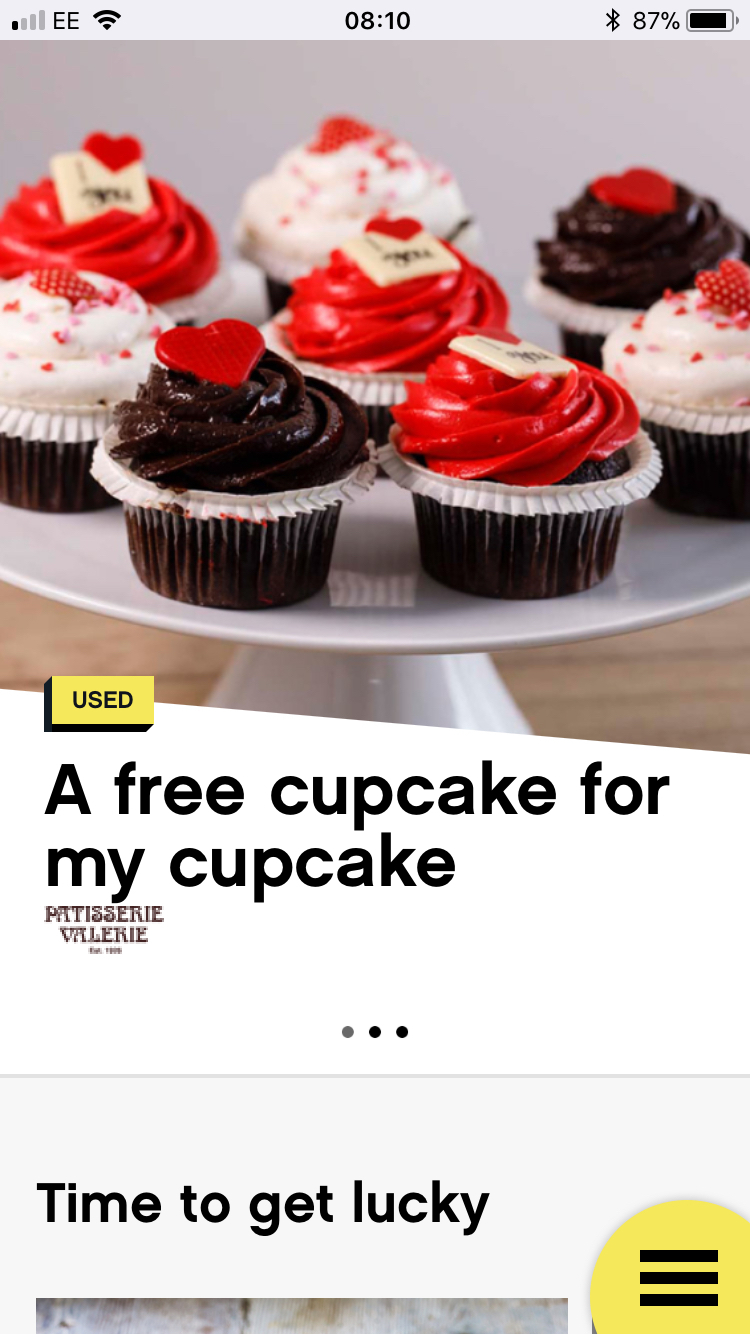

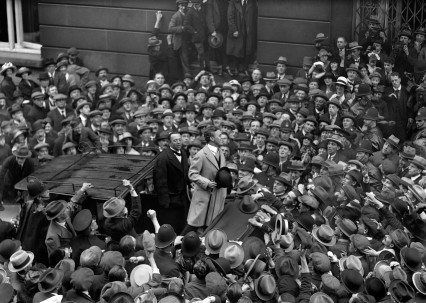
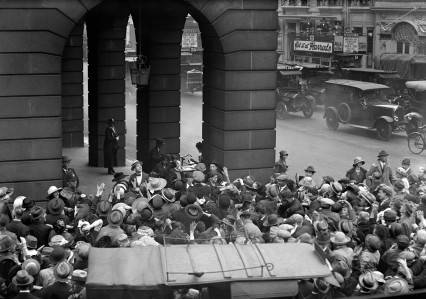
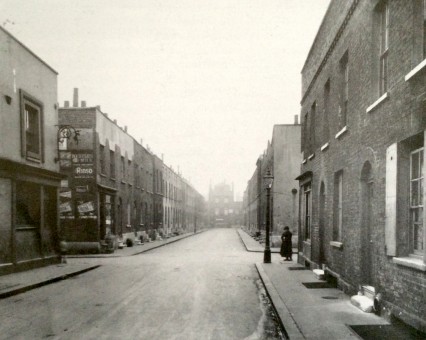
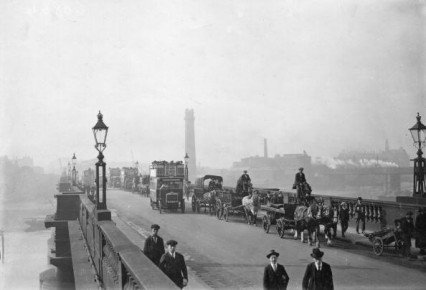
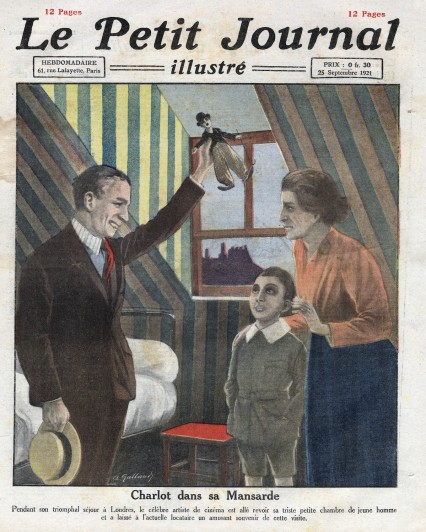
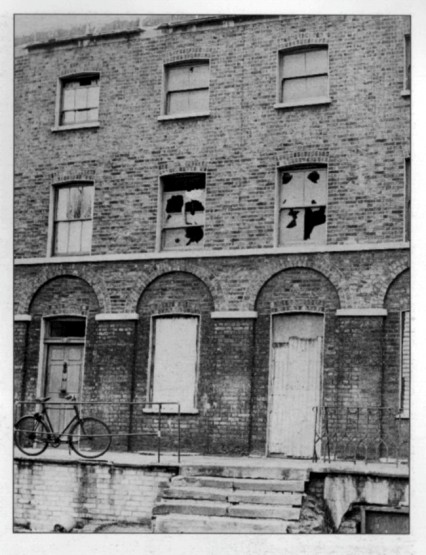
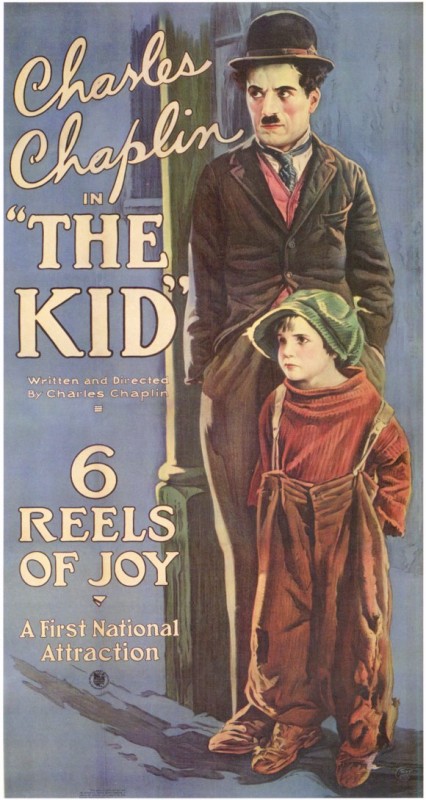
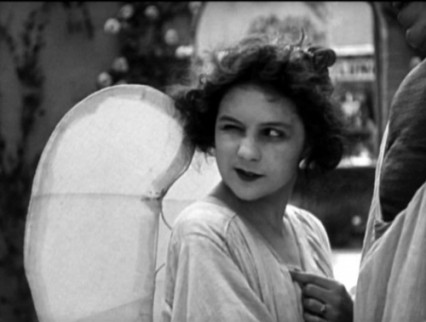
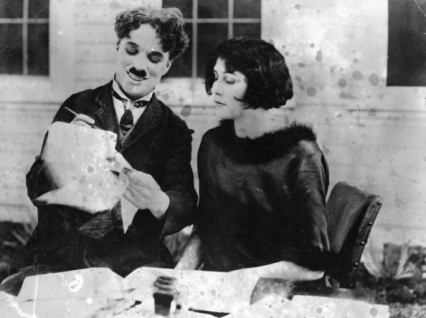
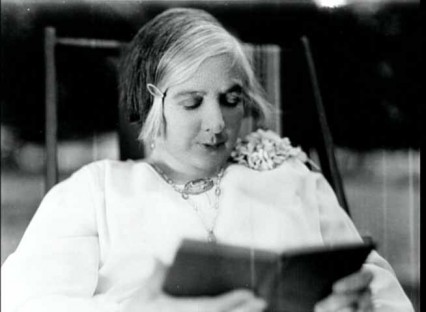






 Londoners will by now be familiar with the Crossrail works scattered around the city, but probably less so with the artefacts uncovered during excavation. Now’s our chance to change that.
Londoners will by now be familiar with the Crossrail works scattered around the city, but probably less so with the artefacts uncovered during excavation. Now’s our chance to change that.





 Most days on Londonist, we’re
Most days on Londonist, we’re